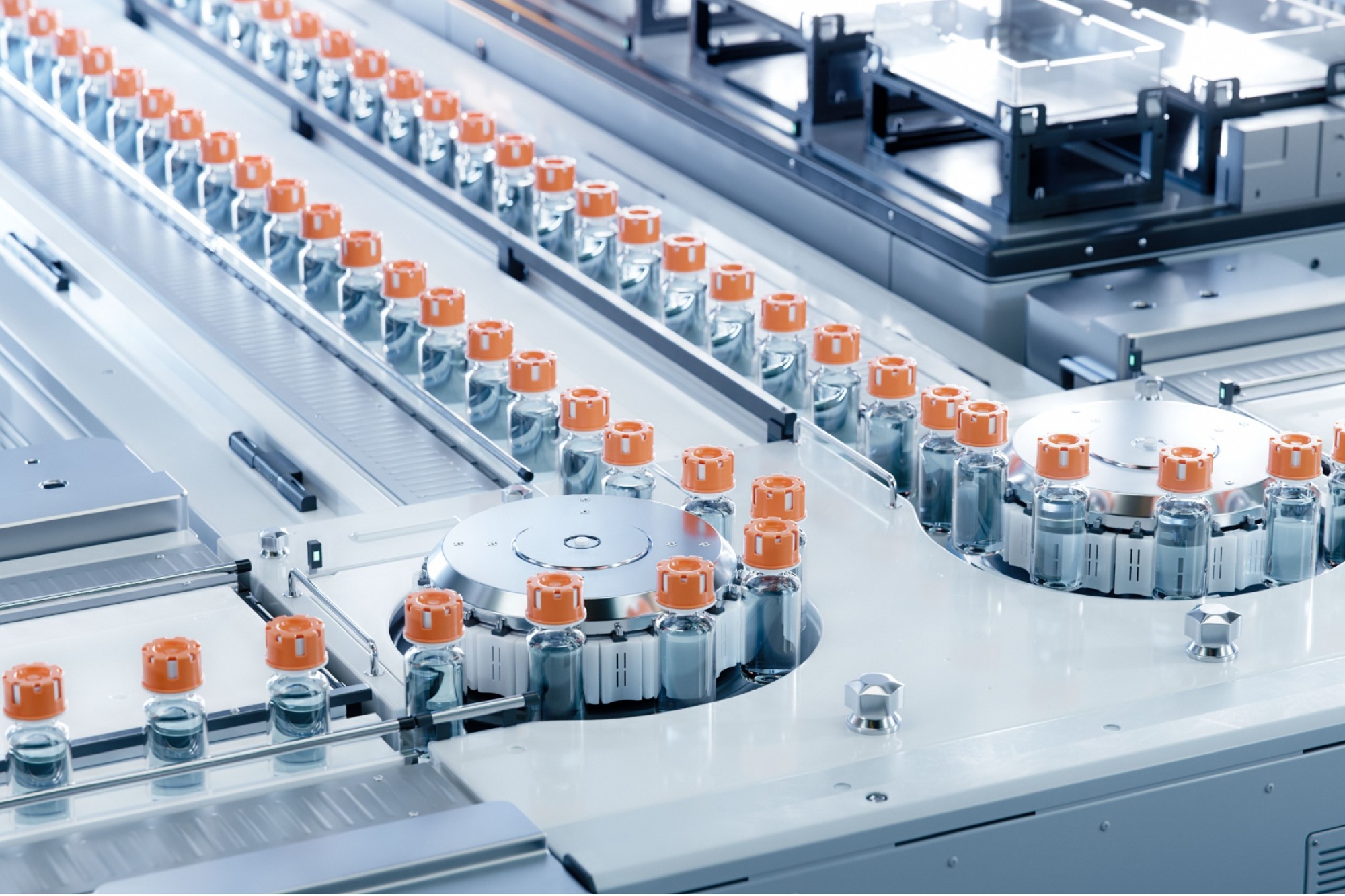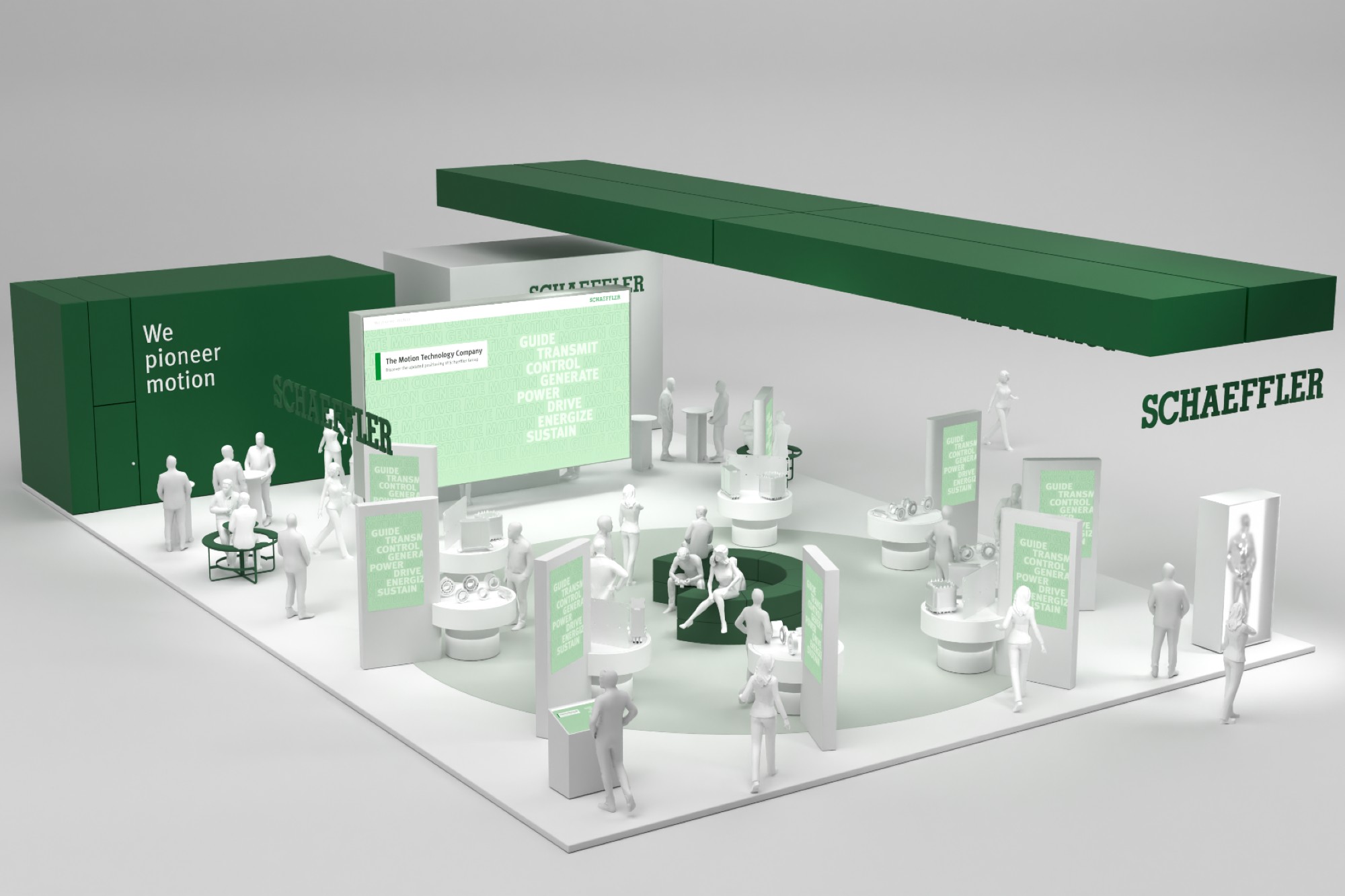Ergonomic position for gears
By OEM Update Editorial December 16, 2019 12:34 pm IST
While it’s critical to test aircraft gearboxes as precisely and accurately as possible, there’s pressure to get aircraft back in operation quickly. These two goals sometimes conflict, but with some outside the box thinking, both objectives can be achieved.
A U.S. location of a European helicopter OEM was sending its gearboxes overseas for testing, often taking months for a single test to be completed. As a result, the OEM was spending too much time, money and labour packaging test articles, shipping them, and waiting for return shipment. It was reducing their production capacity and limiting growth.
The pressure on manufacturers continues to build, with global competition now a fact of life in every industry virtually, driving a need to reduce manufacturing costs and increase productivity. Part of the picture in addressing these requirements is the increased performance of devices such as servo drives, inverters, motion controllers, PLCs and more. However, network solutions too are playing an increasingly important role.
Open automation networks first emerged in the 1990s as serial-based field bus systems. This provided a simple means of passing information between controllers and field devices, eliminating the need for complex reams of hard wired cables. An enabler – perhaps, the critical enabler – for a new breed of intelligent machines and systems, the various open field bus solutions heralded a new era of distributed control.
The solution was to build a custom intermediate and tail rotor test system in the U.S. This new test bench would need to accommodate all five of the OEM’s helicopter gearboxes while also providing improved data quality, energy efficiency and a safe operator environment.
One challenge faced in building this system for the OEM involved testing each article at appropriate levels of torque, speed and power. Since varying input ratios were required for each gearbox, mounted a Planetary Torque Applier (PTA) within a gearbox to be driven by the main motor.
The purpose of the PTA is to create torque in the power loop by acting independently from the main drive motor. The PTA applies a phase displacement by operating in a slave mode relative to the main drive. Driven by a three-phase servo motor, the PTA and reducer gearbox achieve closed loop torque control and met the OEM’s test gearbox requirements.The PTA motor also has the capability to create torque in both positive and negative directions increasing the flexibility of the system for future configurations.
Designing the test system with centralized unload and load stations, coupled with the fact that testing cycles last only a few hours, minimal manpower is required to operate the system. With just one flexible test machine to handle testing of all five of the OEM’s gearbox types, one fifth of the floor space and power is necessary to handle gearbox testing. This saves the OEM from numerous costs they would otherwise experience with five single gearbox test machines.
The test system’s controller can accommodate procedures for start-up, warm-up, manual test, and emergency shutdown. Test program sets and special procedures can be easily programmed, providing automatic test control and improved safety for workers.
While traditional power train test braking systems can lose 100 percent of their power in wasted heat, this dynamic test system uses mechanical energy regeneration to capture up to 80 percent of its power for reuse in testing.
Test articles are prepped and disassembled on transportable fixtures outside the test machine, providing operators a more ergonomic working environment. Plus, instead of attaching cables and parts inside the machine for test, the fixtures allow operators to stand in an ergonomic position to place, dress and remove the test article
Cookie Consent
We use cookies to personalize your experience. By continuing to visit this website you agree to our Terms & Conditions, Privacy Policy and Cookie Policy.


















